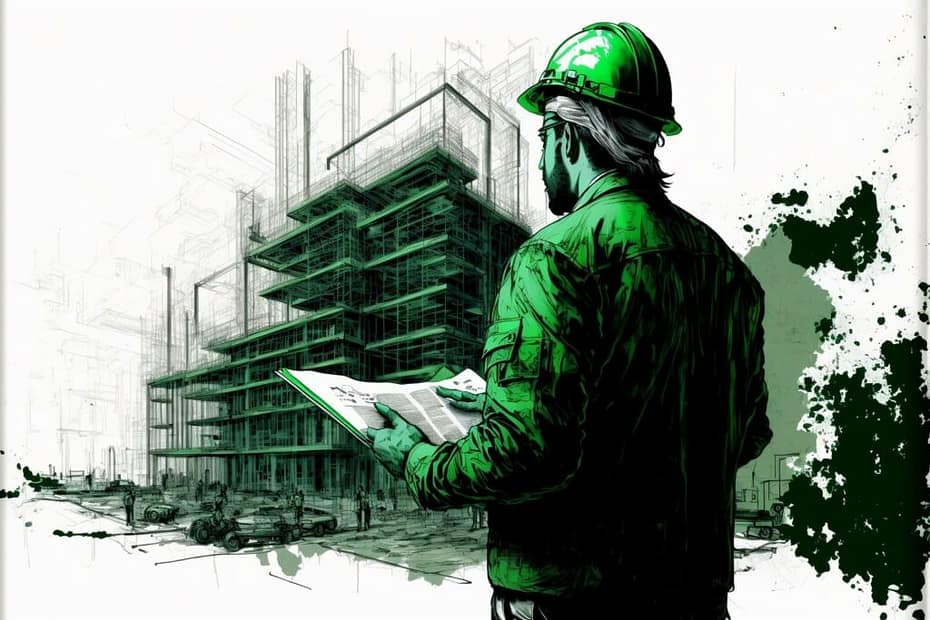The interior design sector has seen a notable change toward sustainability in recent years, which can be attributed to increased public awareness of environmental issues. Beyond simple aesthetics, Sustainable Design in interior places uses eco-friendly products and techniques to create environments with as little negative influence as possible on the environment.
Reclaimed and repurposed materials are a staple of sustainable home design. In addition to adding character to a place, furniture made from recycled metal, rescued wood, or repurposed textiles also lessens the need for new resources. To further reduce a space’s carbon footprint, designers are also increasingly including energy-efficient appliances and lights.
Reconnecting residents with nature is the goal of biophilic design, another distinguishing feature of sustainable interiors.
Natural light, indoor plants, and sustainable gardening are a few examples of components that improve the indoor environment. This strategy promotes the planet’s health in addition to its population.
Furthermore, endurance and adaptability are valued aspects of sustainable interior design. The ageless style and robust construction of furniture and fixtures minimizes the need for regular replacements. Because spaces are created with adaptability in mind, it is easier to adjust them to changing needs. Also, there is less chance of inefficient restorations.
Sustainable interior design is becoming more and more recognized as a responsible and progressive method of balancing the natural and built environments as the globe struggles with the effects of climate change.
More on INJ Architects:

